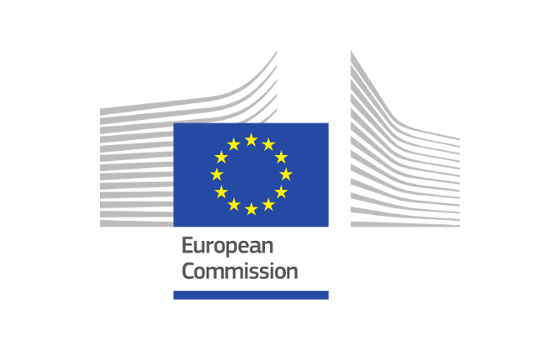 Current technologies for digital data storage are hitting sustainability limits in terms of energy consumption and their use of rare and toxic materials. Moreover, data integrity when using those technologies is limited in time, which complicates archival data-storage. DNA or certain classes of synthetic DNA alternatives provide an alternative that promises information densities that are several orders of magnitude higher than classical memories, and stability for millennia rather than years. Moreover, DNA-based data storage can profit from the growing range of DNA research, tools and techniques from the life sciences, while potentially also adding to it (e.g., for in-vivo data collection).
Current technologies for digital data storage are hitting sustainability limits in terms of energy consumption and their use of rare and toxic materials. Moreover, data integrity when using those technologies is limited in time, which complicates archival data-storage. DNA or certain classes of synthetic DNA alternatives provide an alternative that promises information densities that are several orders of magnitude higher than classical memories, and stability for millennia rather than years. Moreover, DNA-based data storage can profit from the growing range of DNA research, tools and techniques from the life sciences, while potentially also adding to it (e.g., for in-vivo data collection).
Proof of concept for DNA data archiving in vitro (i.e. not in living cells) is now well established. Several studies have shown that such archiving can support selective and scalable access to data, as well as error-free storage and retrieval of information. However, technical challenges remain to make this process economically viable for a broad spectrum of uses (beyond so-called 'cold data') and data types. These relate to improving the cost, speed and efficiency of technologies for reading, and especially writing and editing, DNA or other information-storing bio-polymers.
Large corporates and governments are starting to show an interest and some smaller companies offer solutions for specific archival applications. Europe has academic and commercial potential in this area. The time is right to pull together a European R&I ecosystem on DNA-based digital data storage.
This EIC Pathfinder Challenge is to explore scalable and reliable high-throughput approaches for using DNA as a general data-storage medium. Solutions would thus need to address the read/write/edit operations of digital data in synthetic DNA, capturing the expected advantages of high density and stability/longevity of this form of data storage. The use of DNA sequences as chassis for non-standard forms of information coding, or of other polymeric substrates and related coding/decoding techniques are also in scope, provided they entail at least similar benefits than state-of-the-art DNA approaches. Proposed techniques should deliver qualitative advances in key parameters such as throughput, DNA-length (well above a few hundred mers), reliability (coupling efficiency), speed and cost. Beyond the usual storage applications, there is also scope for radically different scenarios for such a technology, for instance for data-processing, in-vivo sensing or fingerprinting.
Applications submitted to this Challenge, must pay particular attention to the relevant bio-safety and ethical issues.
Opening date: 16 June 2022
Deadline: 19 October 2022 17:00:00 Brussels time
Deadline Model: single-stage
Type of action: HORIZON-EIC HORIZON EIC Grants
For topic conditions, documents and submission service, please visit:
https://ec.europa.eu/info/funding-tenders/opportunities/portal/screen/opportunities/topic-details/horizon-eic-2022-pathfinderchallenges-01-05